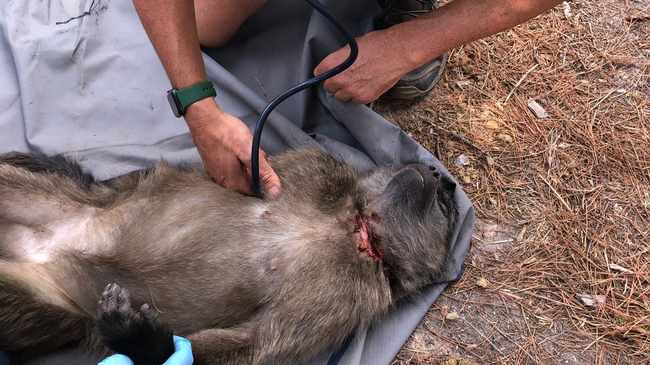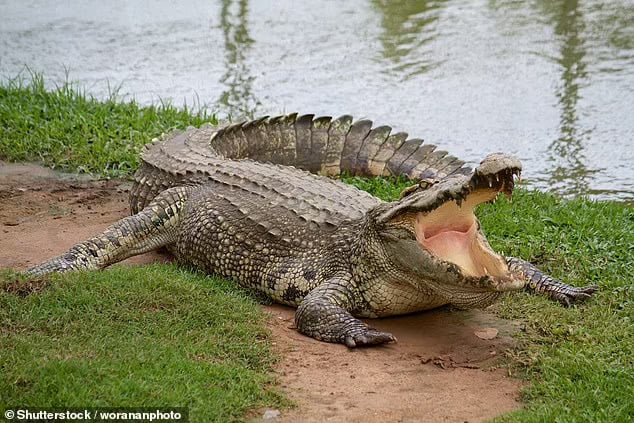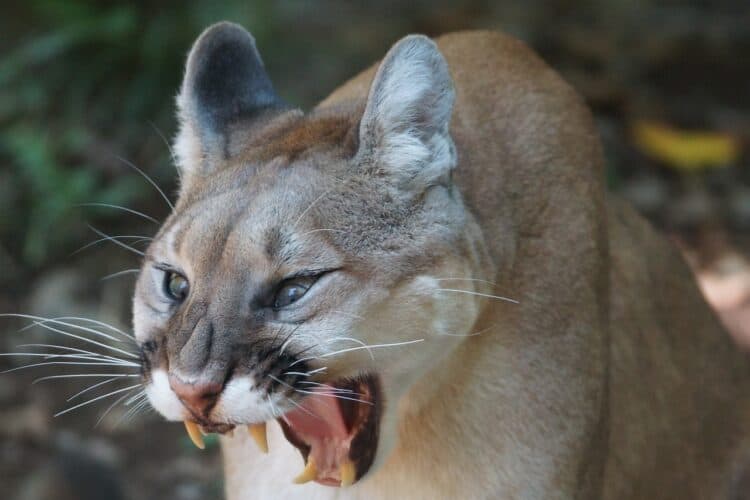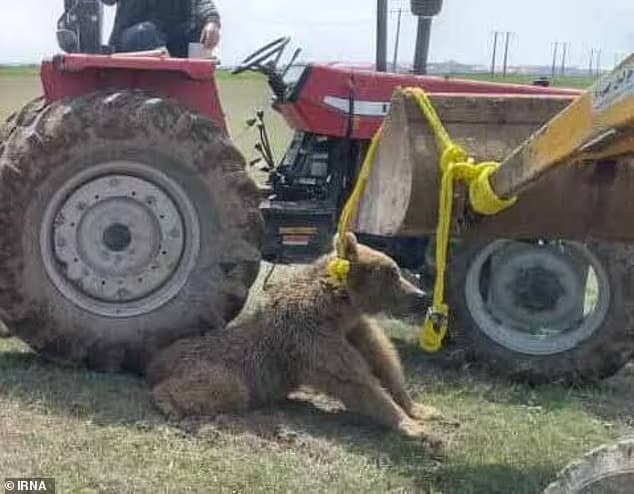CAPE TOWN – Animal welfare officers saved a juvenile baboon from certain death over the weekend after removing a large wire snare that had sliced deep into her neck.
The Cape of Good Hope SPCA’s (CoGH SPCA) wildlife section was contacted by NCC Environmental Services to assist in the rescue of the young female baboon from the MT2 (Mountain Troop 2) in the Cape Peninsula.
NCC field manager Minette Pieterse noticed a snare around the baboon’s neck.
“With a cage trap and wire-cutting tools, Inspector Elani Graham and wildlife officer Jon Friedman arrived on the scene,” the CoGH SPCA reported.
“It was clear upon their arrival that a cage trap method would not be enough to capture the low-ranking female for treatment.”
“The CoGH SPCA called in wildlife veterinarian Dr Greg Simpson to dart the juvenile baboon safely.
“Once the baboon was asleep, the team found that the thick wire snare had already cut deep into the baboon’s neck. Dr Simpson had to surgically remove the wire, only millimetres away from the jugular vein, right there in the field.
“The wire was removed and the wound cleaned.”
The CoGH SPCA said a long acting antibiotic was administered as a precaution to mitigate possible infection.
The baboon was allowed to wake up fully while being monitored and was successfully released back with the troop.
“Last year, four baboons were rescued from snares across the Cape Peninsula. Lately, snares have become all too common and continue to ensnare our wildlife indiscriminately,” the CoGH SPCA cautioned.
This article was first published by IOL on 20 February 2022. Lead Image: The CoGH SPCA said a long acting antibiotic was administered as a precaution to mitigate possible infection.
What you can do
Support ‘Fighting for Wildlife’ by donating as little as $1 – It only takes a minute. Thank you.
Fighting for Wildlife supports approved wildlife conservation organizations, which spend at least 80 percent of the money they raise on actual fieldwork, rather than administration and fundraising. When making a donation you can designate for which type of initiative it should be used – wildlife, oceans, forests or climate.






![Man Reaches Deep Into A Hole, Pulls Out Dozens Of Snakes [Video] Snakes. You either love them or not…](https://focusingonwildlife.com/news/wp-content/uploads/man-reaches-into-hole-and-grabs-lots-of-snakes-video-Kids-Activities-Blog-683x1024-1.jpg)
Leave a Reply